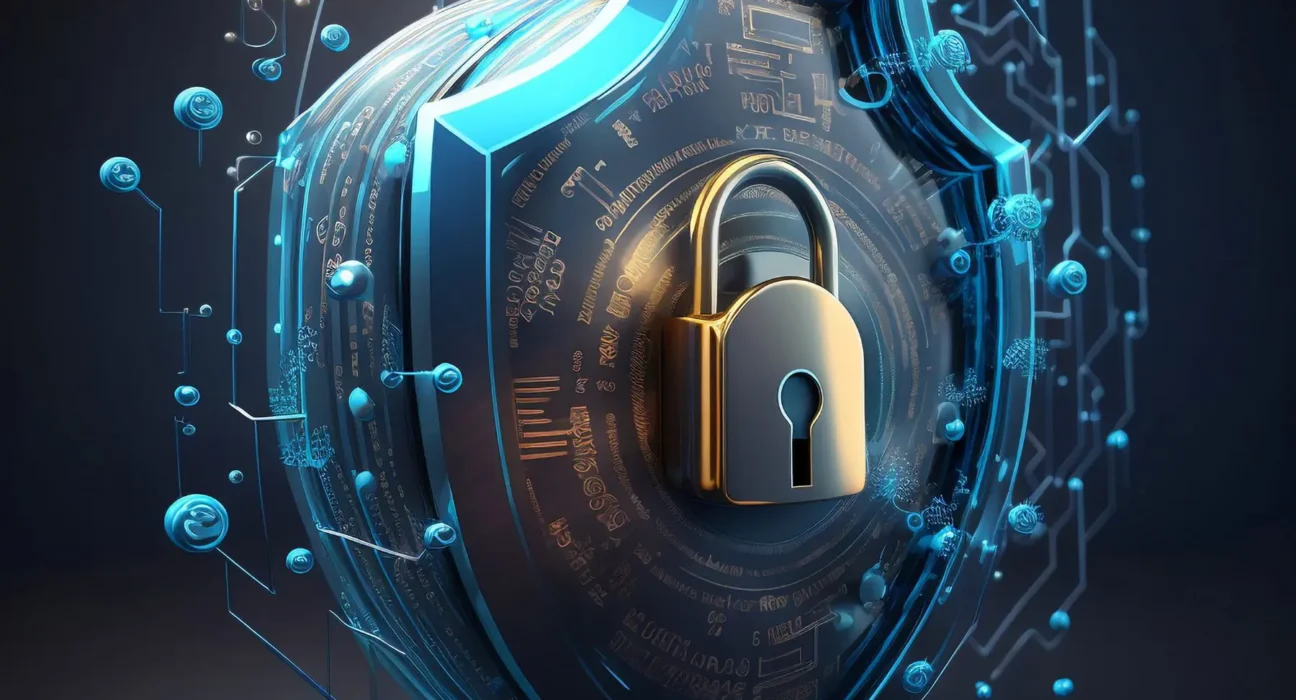Remember that thrilling scene in a spy movie where they whip out a fancy briefcase with flashing lights and dials to secure top-secret documents? Well, you don’t need a James Bond gadget to keep your data safe! In this post, we’ll dive into the simple yet powerful world of password encryption on Windows 10 and your trusty USB drive.
Let’s start with Windows 10:
- File Explorer is your friend: Right-click the file or folder you want to encrypt and choose “Properties.” Navigate to the “General” tab and click “Advanced.”
- Tick the box that says “Encrypt content to secure data.” Boom, instant encryption! Windows uses the Advanced Encryption Standard (AES), a fancy way of saying it’s incredibly secure.
- The key to your kingdom: You’ll be prompted to set a password. Choose something strong (no birthdays, pet names, or “password123”!), ideally with a mix of upper and lowercase letters, numbers, and symbols.
Bonus Tip: For extra security, Windows offers BitLocker, a full-disk encryption tool that scrambles everything on your drive. Use it with caution, though, as lost passwords mean lost data (seriously, there’s no backdoor).
Now, let’s tackle your USB drive:
- Plug it in, open File Explorer. Right-click your drive and choose “Turn on BitLocker.” This opens the BitLocker wizard, your encryption guide.
- Choose your unlock method: Password, USB key, or a combination of both. We recommend a strong password and keeping a physical backup of your USB key, just in case.
- Encrypt the whole drive or just used space? It’s your call. Encrypting the whole drive offers maximum security, but takes longer.
- Sit back, relax, and let BitLocker work its magic. Once done, your USB drive becomes a digital vault, accessible only with your chosen method.
Remember:
- Always back up your data before encrypting, just in case something goes wrong.
- Strong passwords are crucial! No “qwerty” or “ilovepizza” – think complex and unique.
- Consider using third-party encryption software for additional features and customization.
Encrypting your data is the smart way to stay ahead of online threats and nosy roommates. With these simple steps, you can transform your Windows 10 and USB drive into secure fortresses for your precious information. So go forth, encrypt with confidence, and keep your digital life safe!
Further Resources:
- Microsoft Support: https://support.microsoft.com/en-us/windows/turn-on-device-encryption-0c453637-bc88-5f74-5105-741561aae838
- National Institute of Standards and Technology (NIST): https://www.nist.gov/cybersecurity
Now you’re equipped to become a master of digital encryption! Keep your data safe, and remember, with a little knowledge and these easy steps, you can be your own data security expert. Tag: Cyber Safety, Cyber Savvy, Cyber Security, Cybersecurity, Data Encryption, Information Security, Encryption, Data Security, Win 10, Encrypt, Decrypt.

